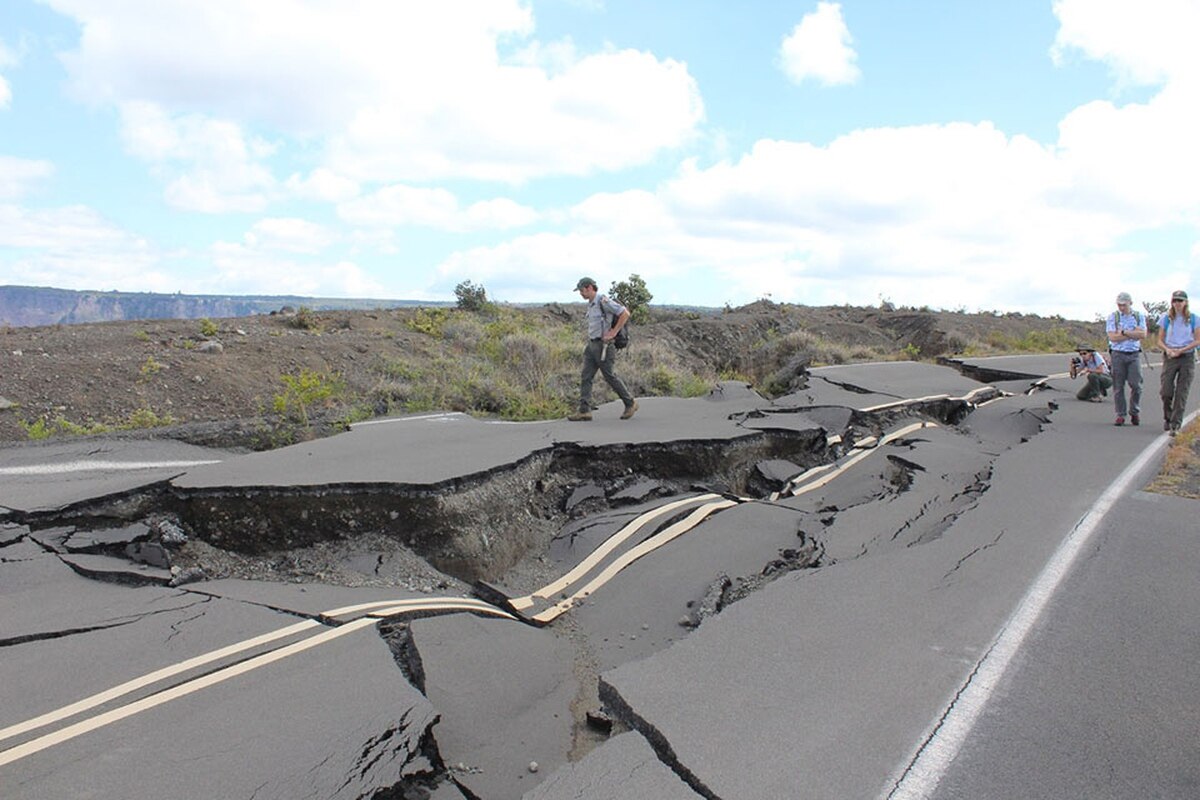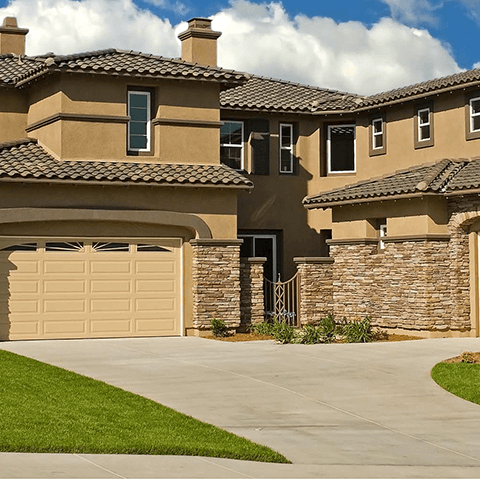
WHAT YOU NEED TO KNOW ABOUT EARTHQUAKES AND YOUR HOME
In light of the most recent earthquakes to hit California—the 6.4-magnitude Searles Valley Quake and its more than 200 aftershocks—it is important to get a refresher on how to protect yourself and your home in the event of an earthquake near you.
Earthquakes and Building Codes
Given the frequency with which earthquakes tend to happen in California, it’s probably no surprise that the earliest earthquake building codes in the United States can be traced back to the Golden State. In fact, the earliest record dates back to 1925 in Santa Barbara (quickly followed by Palo Alto the next year). Today, we have more stringent codes across the board. Even so, plenty of older buildings have yet to upgrade or retrofit to better standards. Hospitals are of special concern, given their size and function in emergencies. Older hospital buildings (built before 1973) have until 2030 to be fully retrofitted, but a lot of seismic activity can happen between now and then. Recently proposed legislation aims to better prep commercial buildings so they can stay functional after a large earthquake.
Saving Lives and Buildings
Building codes have historically focused on saving lives—preventing collapses that would harm or kill those inside. Having achieved good success with this, now the focus is on improving those standards further. The new goal is to keep buildings functional after a major earthquake. Beyond hospitals, office buildings, apartment complexes, parking structures, and homes all need to still be safe and usable after the fact. Otherwise, major cities like Los Angeles would be looking at a catastrophic economic standstill. An LA Times article outlining the recent push for better standards notes the 6.3 magnitude quake that hit New Zealand in 2011 resulted in damage to 70% of the downtown Christchurch buildings.
Residential Standards
When it comes to your home, there are several factors to be aware of. Just like the hospital example above, homes in the 1970s and earlier were not built to the same standards as newer homes. You need to know when your home was built and whether previous owners completed any upgrades. This information will help you design your disaster plan.
If Disaster Strikes
Many experts predict a high likelihood of “The Big One” happening in the next few years. Even if we don’t see a massive earthquake soon, the Searles Valley Quake and many aftershocks are a good reminder of nature’s power. You can find many checklists full of great advice on how to prep your home and family in the event of an emergency (like this one and this one, just to name a few). Key areas to consider include:
- Prepping your home ahead of time
- Storing emergency supplies like food, water, first aid, flashlights, and a fire extinguisher
- Having a safe spot inside the home
- Having an external meeting point established
Homeowners and Renters Insurance
Homeowners and renters often overlook earthquake insurance. Standard homeowners and renters insurance policies do not cover damages caused by earthquakes (with one notable exception, USAA). While insurance will cover fire or water damage that occurs after the earthquake, you will be looking at out-of-pocket expenses otherwise. Consider adding earthquake coverage as a separate policy if you live in an area that is more likely to experience earthquakes. This map will better illustrate just how much of the United States is at risk for earthquakes. Your annual premiums will pale in comparison to your out-of-pocket repair costs. Cracked foundations and walls are not inexpensive fixes. And this does not even include the costs to replace damaged belongings. Computers, televisions, small appliances, artwork, and furniture are all common casualties in earthquakes.
Running the Numbers on Earthquake Coverage
Currently, only about 10% of California residents are protected with earthquake coverage. Specific to Los Angeles and Orange County the numbers are better—about 21%–but still not great considering the likelihood for damages and the frequency of earthquakes. However, there are two schools of thought on whether it makes sense to pay for coverage. Insurance policies for earthquake coverage are around $800/year in California. Homeowners also need to understand that on average, they come with a 15% deductible. This can mean you still have a big out-of-pocket expense. Still, having 85% of the damages paid for by your policy is better than 0%. It becomes a bit of a numbers game. No one can predict the ifs and whens of earthquakes.
People First
Your primary focus should always be to protect those you love. You can replace material possessions. But once the people are safe, you will wish you had a disaster plan ready to protect your home and belongings as best you can. Planning now will put you in a better position to weather any damages that come your way.

